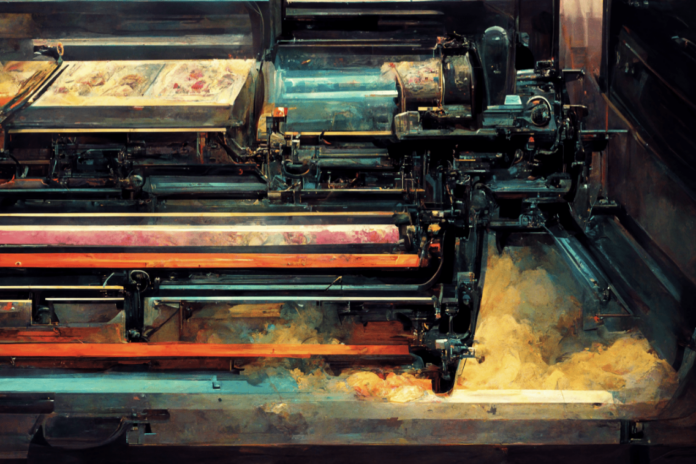The AI Unbundling
My first job was as a paper boy:

The job was remarkably analog: a bundle of newspapers would be dropped off at my house, I would wrap them in rubber-bands (or plastic bags if it were raining), load them up in a canvas sack, and set off on my bike; once a month my parents would drive me around to collect payment. Little did I appreciate just how essential my role writ large was to the profitability of newspapers generally.
Newspapers liked to think that they made money because people relied on them for news, furnished by their fearless reporters and hard-working editors; not only did people pay newspapers directly, but advertisers were also delighted to pay for the privilege of having their products placed next to the journalists’ peerless prose. The Internet revealed the fatal flaw in this worldview: what newspapers provided was distribution thanks to infrastructure like printing presses and yours truly.

Once the Internet reduced distribution costs to zero, three truths emerged: first, that “news”, once published, retained no economic value. Second, newspapers no longer had geographic monopolies, but were instead in competition with every publication across the globe. Third, advertisers didn’t care about content, but rather about reaching customers.
I illustrated these three truths in 2015’s Popping the Publishing Bubble:
Editorial and ads used to be a bundle; next, the Internet unbundled editorial and ads, and provided countless options for both; the final step was ads moving to platforms that gave direct access to users, leaving newspapers with massive reach and no way to monetize it.
The first two images above were created by AI, Midjourney, specifically.




